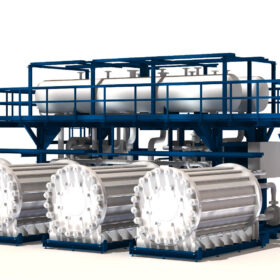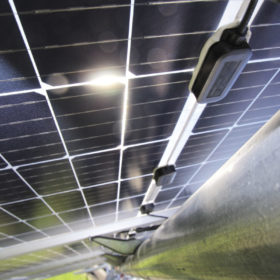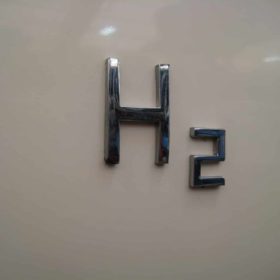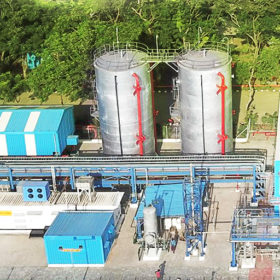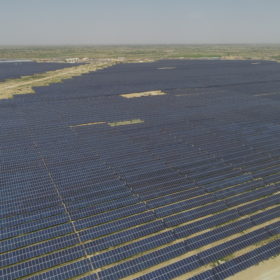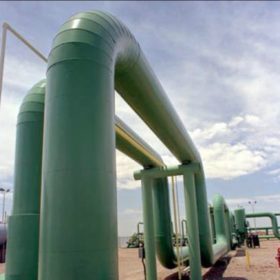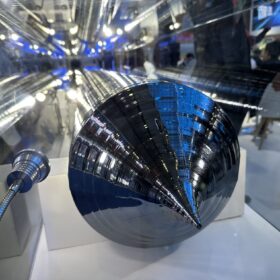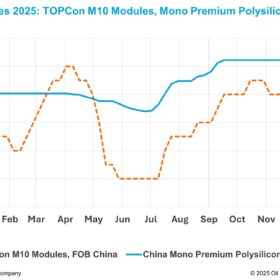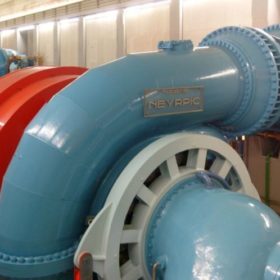L&T signs electrolyzer manufacturing agreement with McPhy Energy
Larsen & Toubro (L&T) has signed the agreement to manufacture pressurized alkaline electrolyzers in India under a technology license from France-based McPhy Energy.
Ircon Renewable Power seeks bifacial modules for 600 MW DC solar project in Karnataka
Ircon Renewable Power has tendered the manufacturing and supply of 530 Wp+ mono PERC bifacial modules under the domestic content requirement of a 600 MWp solar PV project at Pavagada.
NTPC Renewable Energy to build green hydrogen projects in Army establishments
NTPC REL will design, develop, and install renewable energy projects (solar, wind, etc) and hydrogen energy storage systems for supplying electricity to Indian Army establishments in off-grid locations.
IndianOil targets 200 GW of renewable energy portfolio by 2050
The state-owned oil and gas major targets 200 GW of renewable energy capacity by 2050. It also plans to have around 2 million metric tons of green hydrogen capacity in its fold by 2050.
CSIR working on improving lifetime of electrolyzers
The Council of Scientific & Industrial Research’s Hydrogen Technology (H2T) program focuses on improving the lifetime of electrolyzers by developing thermochemically robust membranes and electrolytes, reinforced fluoropolymer membranes, graphite composite bipolar plates, and ceramic interconnects.
Iberdrola using dogs, robots to monitor solar plants
Iberdrola is using a springer spaniel in a solar park to smell electrical problems that could lead to power cuts. It is also using a robotic dog to detect and analyze faults in substations.
India can achieve energy independence by 2047 through clean technology: Study
Berkeley Lab study shows how deep cost reductions in clean technology and India’s renewable and lithium edge can enable a pathway for cost-effective energy independence by 2047.
Ocior Energy to build green hydrogen, ammonia plants in Andhra Pradesh and Gujarat
Ranjit Gupta-led Ocior Energy has committed a cumulative investment of INR 80,000 crore to build two green ammonia facilities of 1mtpa each in Andhra Pradesh and Gujarat.
Thermax enters green hydrogen market in partnership with Australia’s Fortescue Future Industries
Pune-based Thermax has partnered with Australia’s Fortescue Future Industries to explore opportunities for the joint development of fully integrated green hydrogen projects for commercial and industrial customers in India. They also contemplate collaborating on electrolyzer and subsystem manufacturing facilities to support green energy projects in India.
TOPCon shingle solar cell achieves 22.0% efficiency via thermal laser separation
Scientists from Germany’s Fraunhofer ISE and US panel maker Solaria have applied thermal laser separation and post-metallization passivated edge technology to tunnel oxide passivated contact (TOPCon) cell production. They have developed shingle PV devices that are more efficient than cells built with conventional laser scribing and mechanical cleaving methods.
